11111
AIR - Tracks
- Home
- AIR - Tracks
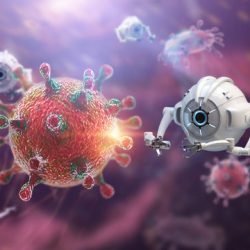
Micro-/Nano-Robotics
Advances in Micro- and Nano-Robotics are transforming fields like Healthcare, Manufacturing, Environmental monitoring, and materials science. These robots, typically ranging from micrometres to nanometres, offer high precision and the ability to perform complex tasks with minimal human intervention. Notable developments include applications in minimally invasive surgeries, targeted drug delivery, pollution detection, and precision manufacturing. Additionally, swarm robotics, autonomous navigation, and energy harvesting are pushing the boundaries of what these robots can accomplish.
AI in Medicine
AI is transforming medicine by enhancing diagnostics, treatment planning, and patient care. It aids in faster, more accurate diagnoses by analyzing medical images and detecting conditions like cancer. AI also supports personalized treatment plans by analyzing patient data for better outcomes. In drug discovery, AI accelerates the identification of promising compounds. Additionally, AI-powered virtual assistants improve patient engagement and reduce hospital readmissions.


AI in Cybersecurity
AI enhances cybersecurity by improving threat detection, prevention, and response. It analyzes network traffic and user behavior to identify malware or phishing attempts in real-time. AI also detects anomalies, helping to spot unauthorized access. It automates incident responses, reducing the time to mitigate threats, and uses predictive analytics to prevent future attacks. Additionally, AI assists in vulnerability management by identifying system weaknesses and recommending patches.
AI in Finance and Trading
AI is revolutionizing finance by enabling smarter decisions, faster execution, and better risk management. It powers algorithmic trading, analyzing market data to execute trades quickly and efficiently. AI also enhances fraud detection by identifying unusual patterns in transactions. In risk management, it predicts market trends and credit risks. Additionally, AI-driven robo-advisors provide personalized financial advice, while sentiment analysis helps predict stock movements based on news and social media.
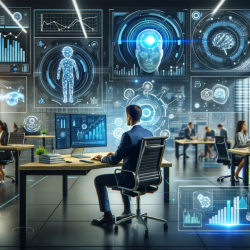
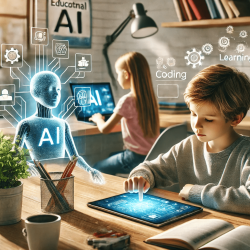
AI in Education
AI is transforming education by personalizing learning, improving teaching, and automating administrative tasks. It adapts lessons to individual student needs, helping them progress at their own pace. AI-powered tutoring systems provide real-time support, while automated grading saves time and offers immediate feedback. AI also streamlines administrative duties like scheduling and tracking performance. Additionally, learning analytics help identify patterns and suggest improvements for students and educators.
AI in Marketing and Advertising
AI is transforming marketing and advertising by enabling personalized experiences and data-driven insights. It tailors content to individual preferences, boosting engagement and conversions. AI also segments customers for more precise targeting and optimizes ads in real time for better performance. Chatbots enhance customer service, while predictive analytics help brands forecast trends and improve ROI. AI is making marketing strategies more efficient and impactful.
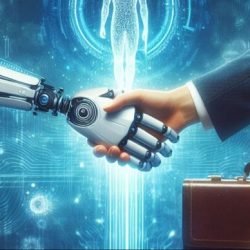
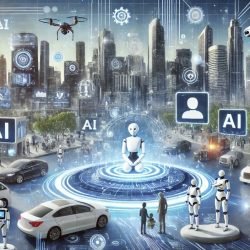
AI in Autonomous Systems
AI powers autonomous systems, enabling machines to perform tasks independently. Key applications include self-driving vehicles, which navigate and make decisions in real-time, and AI-driven robots used in manufacturing, agriculture, and healthcare. Drones with AI are employed for surveillance and delivery, while AI in autonomous ships improves safety in maritime operations. Additionally, AI is used in smart infrastructure to optimize utilities and traffic management, enhancing urban efficiency.
Natural & Environmental Conservation
AI is enhancing natural resource management and environmental conservation by optimizing resource use and monitoring ecosystems. It tracks wildlife populations and habitats using data from drones and satellites. AI detects deforestation patterns, helping to prevent illegal logging, and aids in climate change modeling to predict future impacts. Additionally, AI optimizes water, energy, and agricultural practices, promoting sustainability. It also monitors pollution levels in real time, supporting regulatory actions.
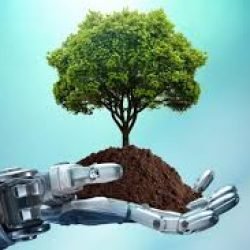

AI in Art and Creativity
AI is revolutionizing art and creativity by enabling new forms of expression. It creates original artwork, from paintings to music, based on learned patterns. Designers use AI to generate concepts and improve designs, while AI also composes innovative music in various genres. In interactive art, AI adapts based on audience input, and content creators use AI to suggest ideas and write scripts. AI is expanding creative possibilities across various artistic fields.
General Robotics
General robotics involves the design and deployment of robots across various industries. In manufacturing, robots handle tasks like assembly and packaging, enhancing efficiency. In healthcare, robots assist with surgeries and patient care. Agriculture robots help with planting and harvesting, while in exploration, robots are used in hazardous environments like space and deep-sea missions. Additionally, robots are being introduced in service industries like hospitality for customer assistance and repetitive tasks.

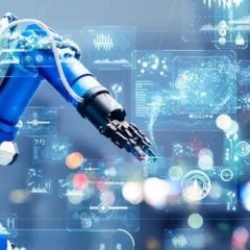
Robotic Swarm Intelligence
Robotic swarm intelligence enables multiple robots to collaborate and solve tasks more efficiently than individuals. It relies on collective behavior, with robots following simple rules to create complex outcomes. The decentralized approach allows for autonomous operation without a central controller. Swarms are scalable, with additional robots enhancing capacity, and they are fault-tolerant, continuing tasks even if some robots fail. Applications include search and rescue, environmental monitoring, and agriculture.
Cognitive Robotics
Cognitive robotics focuses on creating robots that simulate human-like cognitive abilities, including perception, reasoning, and decision-making. These robots use sensors to understand their environment and adapt through learning techniques like machine learning. They can solve complex problems autonomously and interact with humans intuitively, understanding language and gestures. Cognitive robots can perform tasks independently by making decisions based on their environment and objectives.
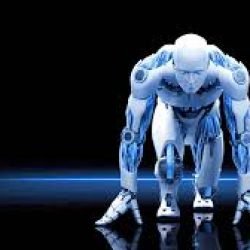

Neuroscience
Neuroscience studies the brain and nervous system, focusing on their structure, function, and development. It covers areas like neurobiology, examining neurons and circuits, and cognitive neuroscience, which links brain activity to mental processes. Research on neurodegenerative diseases explores conditions like Alzheimer’s and Parkinson’s, while neuroplasticity looks at how the brain adapts. Neuroimaging techniques help visualize brain activity to better understand behaviour and cognition.
Machine Learning in Robotics
Machine learning in robotics allows robots to learn from data and improve their performance autonomously. It enables autonomous navigation by processing sensory data and avoiding obstacles. Robots can also recognize and manipulate objects, useful in tasks like sorting or assembly. Machine learning enhances robotic control, improving precision in tasks like surgery. Additionally, robots can adapt to changing environments and interact intuitively with humans through learned behaviours.
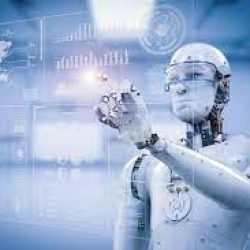
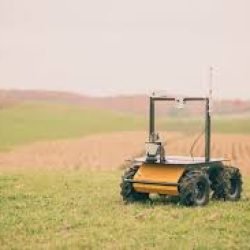
Agriculture, Underwater Robotics
Space, Agriculture, and Underwater Robotics are revolutionizing their industries with advanced tools for exploration and efficiency. In space, robots assist with satellite maintenance and space exploration tasks. In agriculture, robots help with planting, harvesting, and monitoring crops, boosting efficiency and sustainability. Underwater robots explore the deep sea, collect samples, and inspect infrastructure in remote or hazardous environments. These technologies optimize processes and expand capabilities across these critical fields.
Cloud Computing
Cloud Computing delivers computing services over the internet, enabling remote access to data, applications, and processing power. It offers on-demand resources, allowing users to scale up or down as needed. Cloud services reduce costs by eliminating the need for physical infrastructure and maintenance. They also enhance collaboration, enabling real-time access from any location. Additionally, cloud providers ensure robust security and backup solutions to protect data.

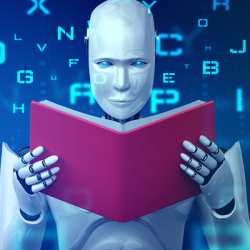
Computer Vision
Computer Vision enables computers to interpret and understand visual data like images and videos. Key applications include image recognition for identifying objects and faces, and object detection for locating specific items in real-time. It’s used in medical imaging to assist in diagnosis, and in augmented reality to overlay digital information. Additionally, computer vision powers industrial automation for quality control and production monitoring.
Large Language Models
Large Language Models (LLMs) are AI systems designed to process and generate human language. They excel in text generation, producing coherent and contextually relevant content. LLMs understand complex language patterns, enabling tasks like answering questions and summarizing text. Trained on vast datasets, they can work in multiple languages and be fine-tuned for specific domains, like healthcare or law. LLMs are transforming industries by improving human-computer interaction and automating language-based tasks.

